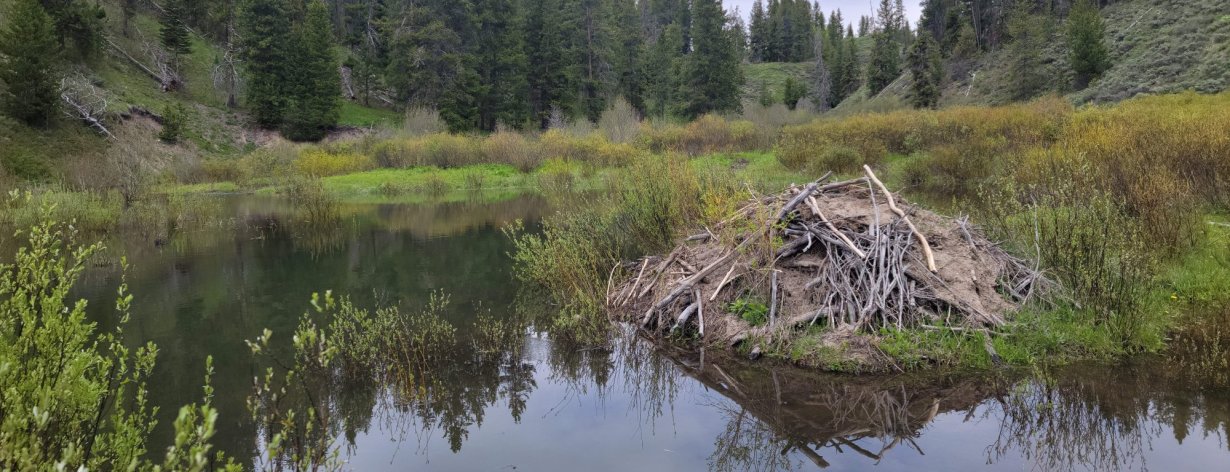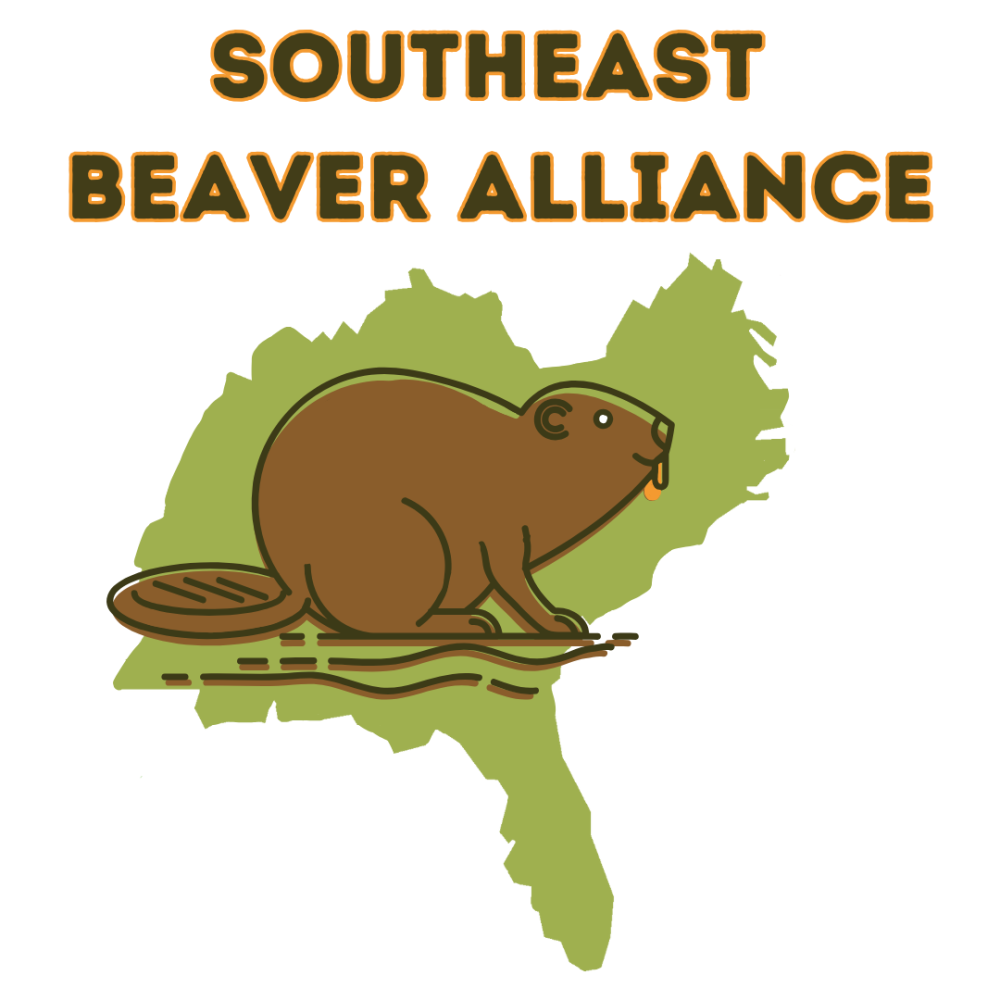
State Wildlife Action Plans (SWAPs)
Proactive Conservation for Wildlife and Habitat
What Are SWAPs?
State Wildlife Action Plans (SWAPs) are comprehensive, non-regulatory strategies developed by each U.S. state, territory, and the District of Columbia to protect fish and wildlife populations and prevent species from becoming federally listed under the Endangered Species Act as threatened or endangered. The goal is to proactively protect species and habitats through science-based research, monitoring, and management.
Background and History
In 2005, all states and jurisdictions submitted their first SWAPs to the U.S. Fish and Wildlife Service (USFWS) as a condition of receiving federal funding through the State and Tribal Wildlife Grants program. These plans identified over 12,000 Species of Greatest Conservation Need (SGCN), which are species that are threatened, endangered, rare, or declining.
Each plan must:
- Identify important habitats
- Describe key threats
- Outline conservation and research needs
- Include monitoring and adaptive management strategies

SWAPs are required to fulfill eight Congressionally mandated elements, involve coordination across government and tribal entities, and include robust public participation. Plans are reviewed and revised at least once every ten years. Minor and major revisions to SWAPs can occur at any time at the request of the State. Most states are preparing their second major revision for 2025. Revisions are reviewed and approved by the U.S. Fish and Wildlife Service (FWS SWAP revision criteria and guidelines). This process marked the first nationwide, comprehensive conservation planning effort in U.S. history. However, implementation has been historically underfunded. In response, the Blue Ribbon Panel on Sustaining America’s Diverse Fish and Wildlife Resources recommended using existing royalties from federal energy and mineral development to fund conservation efforts. This led to the introduction of the Recovering America’s Wildlife Act (RAWA) in 2016, which has since been reintroduced in every session of Congress.
Why Public Engagement Matters
Federal legislation mandates that SWAP development and revision must include broad public participation. This provides a unique opportunity for individuals, conservation organizations, scientists, and landowners to help shape how species and habitats are conserved in their state. To support effective engagement, the Beaver Institute has created guidelines to assist the public in crafting thoughtful, relevant comments, particularly related to the role of beaver wetlands in conservation. It is important to recognize that public engagement related to SWAP can and should extend beyond commenting on SWAP revisions alone, as SWAP plans can be modified at any time at the discretion of the State.
Key Concepts of SWAP

- SWAPs are strategic plans, not regulatory documents.
Comments recommending new laws or regulations are likely not appropriate for this process. - Funding is tied to meeting specific criteria.
SWAPs are required to meet eight federal elements to qualify for federal conservation funding. Any recommended actions should be related directly to one of these elements. If a recommendation does not fit within one of these elements, it is likely not appropriate for this process. - Each plan focuses on Species of Greatest Conservation Need (SGCN). Conservation efforts for beavers and beaver-wetlands must demonstrate benefit to these species or their habitats.
The Eight Required Elements of SWAPs
(According to the USFWS’s 2017 SWAP Revision Guidance)
- SPECIES: The distribution and abundance of species of wildlife, including low and declining populations as each State fish and wildlife agency deems appropriate, that are indicative of the diversity and health of the State’s Species of Greatest Conservation Need (SGCN);
- HABITATS: The location and relative condition of key habitats and community types essential to the conservation of each State’s SGCN;
- THREATS/STRESSORS: The problems that may adversely affect SGCN or their habitats, and priority research and surveys needed to identify factors that may assist in restoration and improved conservation of SGCN and their habitats;
- ACTIONS: The actions necessary to conserve SGCN and their habitats, and the priorities for implementing such conservation actions;
- MONITORING: The provisions for periodic monitoring of SGCN and their habitats, for monitoring the effectiveness of conservation actions, and for adapting conservation actions as appropriate to respond to new information or changing conditions;
- REVIEW AND REVISION: Each State’s provisions to review its Plan at intervals not to exceed 10 years;
- PARTNER INVOLVEMENT: Each State’s provisions for coordination during the development, implementation, review, and revision of its Plan with Federal, State, and local agencies and Indian tribes that manage significant areas of land or water within the State, or administer programs that significantly affect the conservation of species or their habitats; and
- PUBLIC INVOLVEMENT: Each State’s provisions to provide the necessary public participation in the development, revision, and implementation of the Plan.
Key takeaway: Recommendations that directly support one or more of these elements are more likely to be accepted and implemented.
How to Frame Comments Related to Beaver Wetlands

When submitting comments related to beaver habitats:
Point to successful examples: Some states have already recognized beaver-modified wetlands as critical habitat.
Local matters: Tailor your comments to your state. Local input from residents and organizations has a greater impact.
Link to SWAP elements: Each recommendation should connect directly to one or more of the eight required elements.
Focus on SGCN: Compile a list of all SGCNs that benefit from beaver-modified wetlands (Element 1).
Support with evidence: Cite scientific literature showing benefits to these species, or identify where research is still needed (Elements 1, 2, 3, 5).
Highlight listing prevention potential: Emphasize how beaver wetlands can help prevent additional species from becoming federally listed as threatened or endangered (Element 3).
Acknowledge human-wildlife conflict: Note that while beavers may sometimes cause conflict, effective coexistence tools exist to manage impacts while preserving habitat (Elements 4, 5).
Oregon Department of Fish and Wildlife SWAP Spotlight
Beaver Habitat and Beaver-Modified Habitat inclusion
Get Involved Through Regional Collaboration
Joining forces with regional organizations can amplify your voice and improve coordination.
Regional groups often offer:
- State-specific talking points
- Template comments
- Scientific resources
- Outreach toolkits
The Southeast Beaver Alliance is actively working on SWAP engagement and offers examples of comment letters and resources for advocates across the Southeast.

If you care about wildlife, water, and resilient ecosystems, there is no better time than the present to get involved with your State’s SWAP and conservation efforts. The public input process doesn’t stop with draft revisions of plans. Ongoing engagement with agency staff is essential to support lasting beaver-wetland conservation and ensure your voice continues to shape the future of our natural landscapes.
